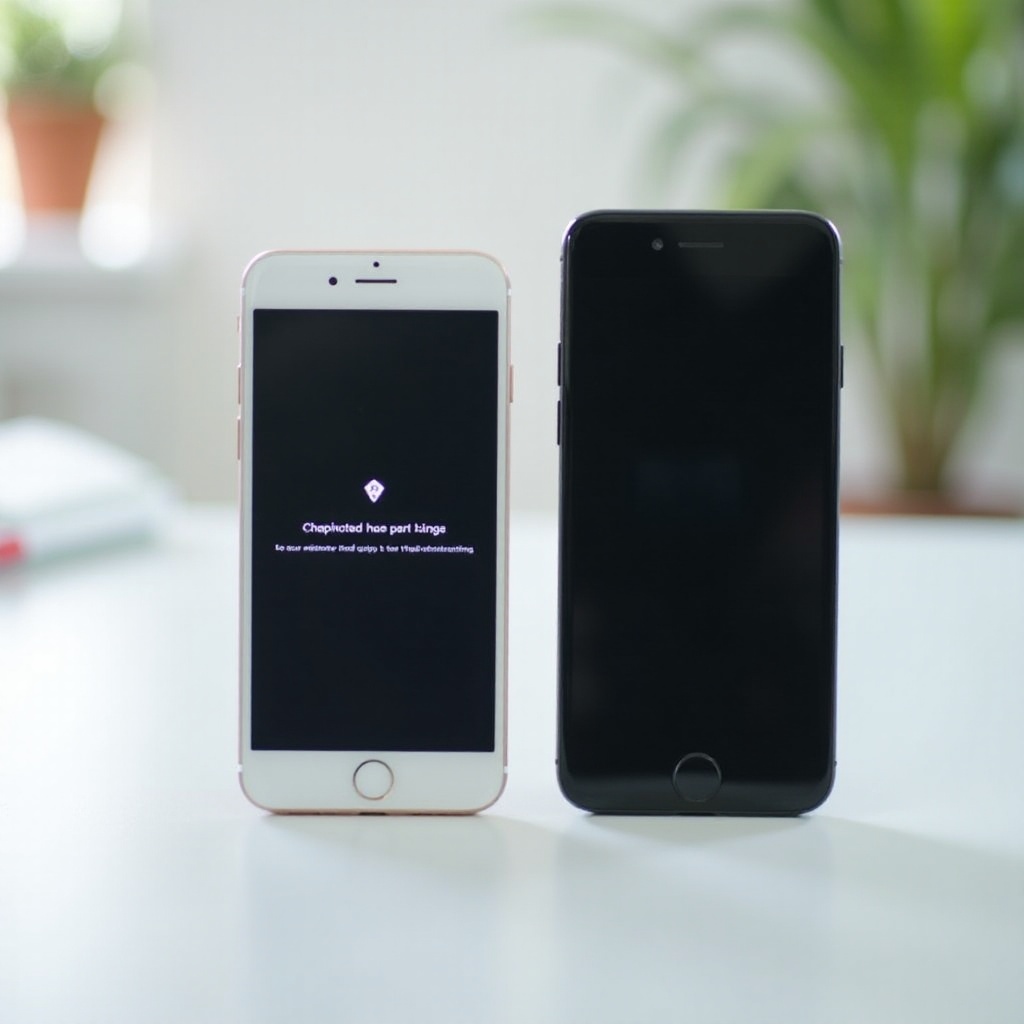Introduction
Understanding what a bricked phone means is crucial for mobile users. When a phone is bricked, it becomes as useful as a brick. It stops functioning, and traditional methods won’t fix it. Resolving this issue requires knowing the cause and severity. This blog will simplify the topic, explaining what bricking means, how it happens, and the steps you can take to prevent or rectify it.

What Is a Bricked Phone?
A bricked phone is a device that no longer turns on or operates correctly. The term ‘brick’ is used because the phone becomes as useless as a brick –essentially non-functional in its bricked state.
A bricked phone shows no signs of life, such as screen display, charging indicators, or any LEDs. While the hardware remains intact, the software or firmware is usually corrupted. This could happen for several reasons, and determining the type of bricking is critical.
Types of Bricking: Soft Brick vs. Hard Brick
Understanding the different types of bricked phones can help in diagnosing the problem and finding the right solution.
Soft Brick
A soft-bricked phone displays some signs of life, such as the ability to access the boot screen or recovery mode. It’s often caused by software issues like failed system updates, corrupted firmware, or rooting procedures gone wrong. Soft bricks can typically be fixed since the device acknowledges some user input.
Hard Brick
A hard-bricked phone shows no signs of life at all. It won’t turn on, making it seem as lifeless as a traditional brick. Hard bricking usually results from critical hardware mishaps or severe firmware corruption. Fixing a hard-bricked phone is considerably more challenging and often requires professional intervention.
Understanding the distinction between these types will guide the troubleshooting process for your bricked phone.

Common Causes of Bricking
Knowing what causes a phone to brick can help prevent it from occurring.
- Failed Software Updates: Interrupted or failed system updates can corrupt your phone’s firmware, leading to bricking.
- Incompatible Custom ROMs: Installing a custom ROM not meant for your specific device can render it useless, causing bricking.
- Rooting Errors: Missteps during the rooting process can corrupt essential system files.
- Battery Failures During Updates: If the phone powers down due to battery failure in the middle of an update or flashing process, it can result in bricking.
- Malicious Software: Malware or viruses, though rare, can alter system files to an extent that the phone bricks.
Each cause has its triggers, and understanding them can preempt such issues.
Symptoms of a Bricked Phone
Identifying the symptoms early can make a difference in recovery efforts.
- Phone Won’t Power On: Pressing the power button has no effect.
- Stuck in Boot Loop: The phone continually restarts without fully booting up.
- Flash Screen of Death: One screen continuously glowing without any control, often seen as the manufacturer’s logo.
- No Recovery Mode Access: Attempts to enter recovery mode fail, pointing toward a more severe bricking issue.
- No Signs of Life: No charging indication, screen display, or response to button presses.
These symptoms can help diagnose whether the phone is soft-bricked or hard-bricked.
Solutions for a Bricked Phone
Approaching the solution depends on whether your phone is soft-bricked or hard-bricked.
Recovering a Soft Bricked Phone
- Enter Recovery Mode: Access recovery mode by holding specific keys during boot (usually a combination like Power + Volume Down).
- Perform a Factory Reset: A factory reset in recovery mode can often clear corrupted data causing the soft brick.
- Reflashing Stock Firmware: Using tools provided by your phone manufacturer, you can reflash the original firmware.
- Use Software Repair Tools: Some manufacturers provide software applications that can revive a soft-bricked phone.
Addressing a Hard Bricked Phone
- Professional Help: Consider taking your phone to a certified technician or the manufacturer’s service center. They have the technical expertise needed to possibly restore a hard-bricked phone.
- External Flash Tools: Tools like JTAG can sometimes be used to restore a hard-bricked phone, but this requires specialized knowledge and equipment.
- Replacement of Critical Components: Sometimes replacing the motherboard or other specific hardware components can resolve hard bricking.
These methods should only be attempted if you are confident in your abilities or have sought professional help.
Prevention Tips
Preventing a phone from bricking involves careful steps.
- Regular Backups: Always back up data before making any software changes.
- Ensure Battery Charge: Fully charge your phone before any updates or flashing procedures to avoid interruption.
- Reliable Sources: Only download firmware updates or custom ROMs from trusted sources.
- Follow Instructions Meticulously: When performing updates or rooting, closely follow the provided instructions.
- Avoid Unprompted Actions: Don’t interrupt your phone during updates or while rebooting.

Conclusion
Bricking a phone can be a daunting experience, but understanding its types, causes, symptoms, and solutions can help mitigate the issue. Soft-bricked phones are easier to fix, while hard-bricked phones often require professional help. Preventive steps can safeguard your device against bricking.
Frequently Asked Questions
Can a bricked phone be fixed without professional help?
Yes, a soft-bricked phone can often be fixed through recovery mode, factory resetting, or using software tools. However, hard-bricked phones typically require professional services.
What should I avoid to prevent my phone from bricking?
Avoid interrupting software updates, downloading malicious software, installing incompatible ROMs, and ensure a full battery during updates.
Is bricking covered under warranty?
This depends on the manufacturer and the warranty terms. Generally, bricking due to unauthorized modifications is not covered. Always check your warranty details.
